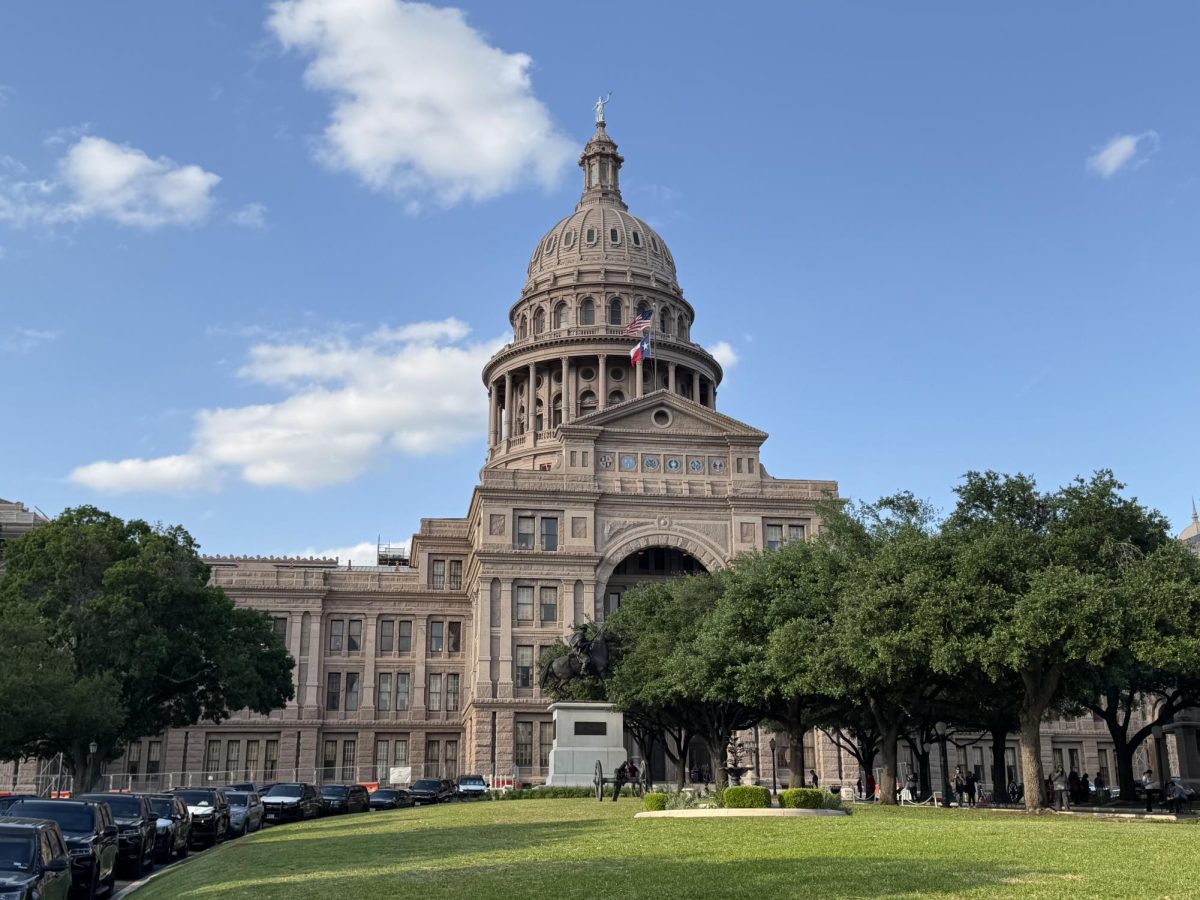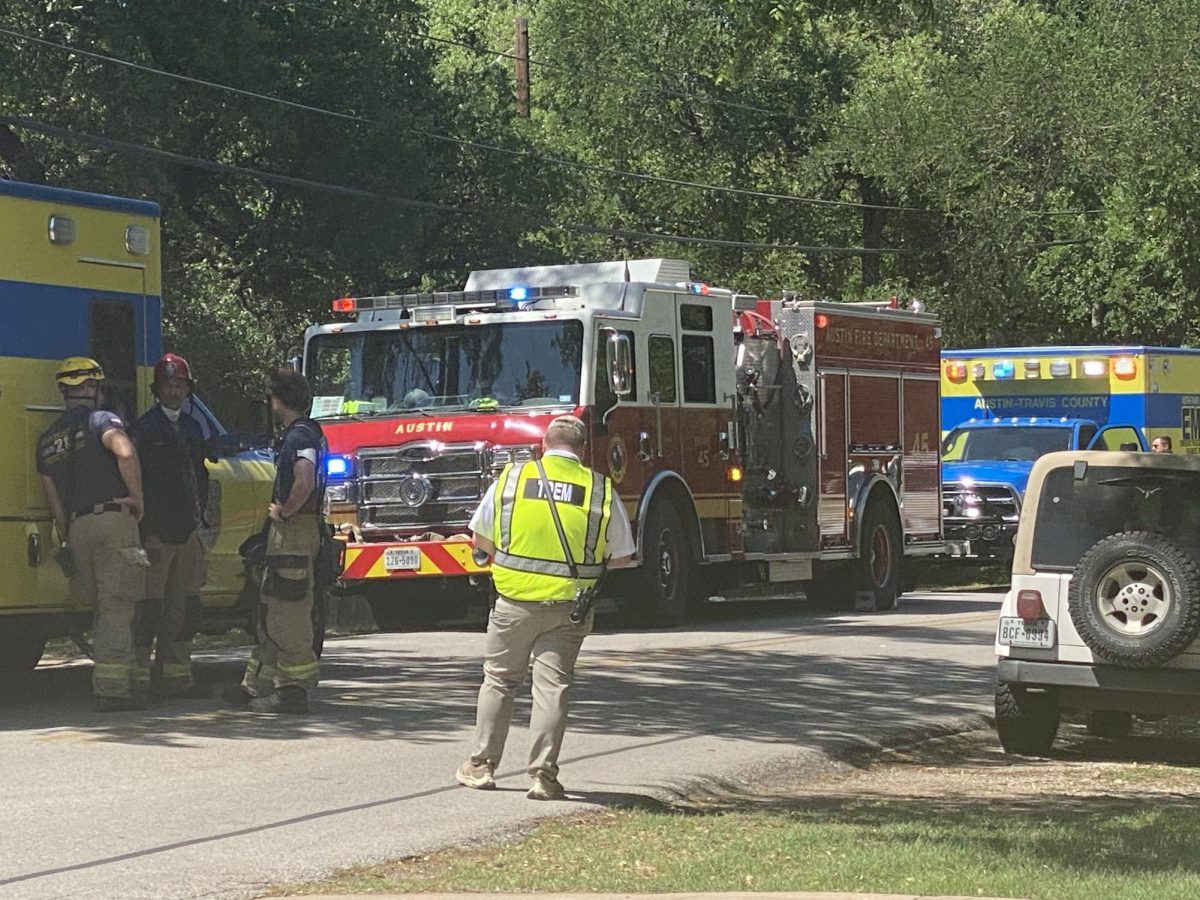
Sometime between Aug. 27 and Aug. 31, the Islamic State of Iraq and Syria (IS), an extreme Islamic militant group, destroyed a 2000-year-old temple, the Temple of Bel, in the ancient Syrian city of Palmyra. The Islamic State’s continued destruction of cultural heritage sites such as this one in their effort to solidify their control over the region has sparked nearly unilateral outrage in the global community.
After demolishing several ancient sites in the neighboring country of Iraq, IS took control of the city of Palmyra in May. Soon after, they murdered Khaled Asaad, a retired archaeologist who was a sturdy advocate and researcher of preservation of ancient sites, for refusing to tell them the location of hidden antiquities of the city. The terrorists then went on to destroy the Temple of Baalshamin and a few days later the Temple of Bel, claiming that such ancient buildings promoted idolatry. Photographs show IS militants carrying large blue containers, which seem to contain explosives, into the Temple of Bel prior to the reported destruction.
The Temple of Bel was one of the most prominent religious structures of the first century. Built around 32 A.D., It merged the architecture style of ancient Near Eastern and Greco-Roman areas and was dedicated to the Semitic god Bel. The temple consisted of a central shrine encapsulated within a colonnaded courtyard with a large gateway. It was located in a complex that contained other temples, but still it stood out so much as to be called the ‘Bride of the Desert’ by the Syrians. Of course, none of this still stands; all that remains of the temple in the aftermath of the terrorists’ bombing of the site is a single pair of columns where its entrance once stood.
These destructions are extensions of IS’s desire to “creat[e] a new Sunni Muslim religious entity to overturn the prevailing regional political order rooted in the Sykes-Picot Agreement.” On June 29, 2014, IS declared themselves a “caliphate” that they claim stretches across Iraq and Syria, plus some surrounding regions. The terrorists gained control in the two countries in the wake of U.S. attempts to provide military aid in the Syrian Civil War and the Iraq War. They then began to entrench their power in the region. To do so, it sought to limit possible sources of insurrection, such as political, military, and journalistic action.
However, the terrorists’ military capability to expand its territory to was limited; after all, many of their resources were scavenged from the Iraq war. In order to make up for this, the group took control of oil fields in the area and began to trade the oil they obtained for cash. They used this to provide protection and support to the local Sunni Muslim populations, gaining favor amongst many locals. They also appealed to Muslims worldwide to support the caliphate and, to rebel against their current government, which they claimed would accelerate the “Islamic Revolution”.
The organization previously gained worldwide attention in early 2015 following the demolition of the UNESCO World Heritage sites of Nineveh and Nimrud in Iraq, followed by the destruction of artifacts in the Mosul museum. The destruction of sites like these is considered by IS to be a purging of false idols, and that they are simply following in the footsteps of the prophet Mohammed and his companions. However, many early Islamic historians recorded the prophet as specifically demanding that such items remain in the region, and his companions as “not feel[ing] compelled to destroy the historical monuments.” This disregard for early Muslim leaders, in conjunction with the illegal trading of artifacts from the sites, have led many in the global community to suggest alternate reasons behind the group’s actions, ranging from the mere need to finance operations to attempted elimination of any suggestion that there were previously successful cultures in the area, which would promote their image to those they rule over. As Christopher Jones, writer for Hyperallergic, put it:
“By erasing all evidence of both the pre-Islamic past and alternative interpretations of Islam, ISIS hopes to create a world where knowledge of any belief system except their own interpretation of Islam is forgotten forever.”
IS has also participated in the destruction of Shia mosques and Christian churches located within its borders in an effort to further strengthen the support of the mostly Sunni population. These Muslims have long felt oppressed and ignored by the historically Shiite governments in Iraq and Syria. The Islamic State takes advantage of this popular sentiment in all they do, and their rampage of destruction is no exception.
Political leaders worldwide have condemned the group in the aftermath of these attacks on cultural heritage. Secretary of State John Kerry has called the acts, “…[O]ne of the most tragic and one of the most outrageous assaults on our shared heritage that perhaps any of us have seen in a lifetime,” and announced a plan to assess the damages in hopes of restoration in the near future. Following the destruction of the Temple of Bel, the Oxford “Institute for Digital Archaeology” has begun to modify roughly five thousand 3D cameras, which they plan to distribute to volunteers in the region in order to “save” remaining heritage sites in a digital form for future study and appreciation.
Contributions by Jarod Janner






